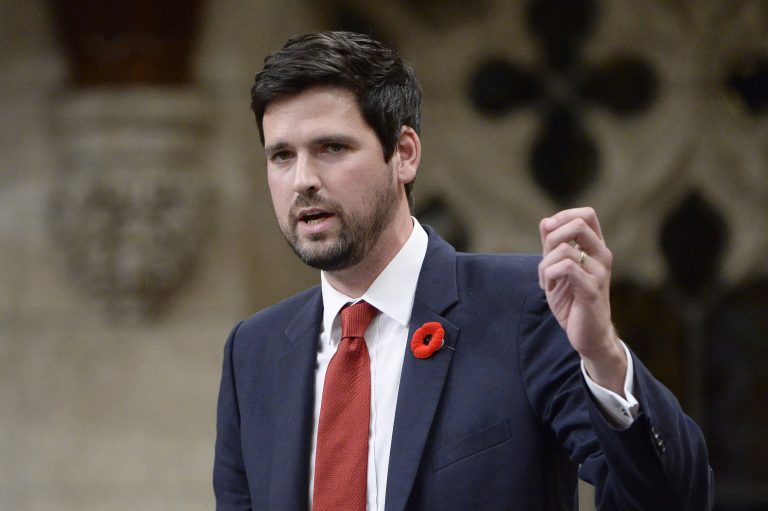
According to an announcement made by Immigration Minister Sean Fraser on this December 2nd, the spouses and non-dependent children of certain category of work permit holders will be eligible to apply for Open Work Permits (OWP) under the Temporary Foreign Worker Program (TFWP).
Foreign nationals who are neither Canadian citizens nor permanent residents can work in the country with the help of work permits. The Temporary Foreign Worker Program allows Canadian firms to file for a Labour Market Impact Assessment (LMIA) to acquire international talent.
The work permits are issued specifically for a particular position with an employer. An LMIA-based visa holder who loses their job is required to find new employment within a set timeframe or depart from Canada. In contrast, OWPs give foreign nationals the freedom to work lawfully in Canada for any business and in any position, without being subject to the same restrictions.

A significant step in luring more immigrants to work and possibly even settle in Canada is due to the expansion of the eligibility of OWPs to families of select Work Permit holders. However, the eligibility expansion for spouses of Work Permit holders under the TFWP shows Canada’s willingness to welcome more immigrants. Spouses of international students, Canadian permanent residents and Canadian citizens had already been given the ability to be sponsored by their spouse for an OWP.
As a result of this policy change, the IRCC anticipates receiving more than 200,000 new work permit applications from the families of people who already have work permits. The initiative will be executed over a temporary two-year course in three phases from the beginning of 2023.
Phase 1: High-wage stream for spouses of higher paid workers in the TFWP who hold a work permit.
Phase 2: Provinces and territories stream for spouses of lower wage workers within the TFWP.
Phase 3: Families of agriculture workers: this phase would specifically deal with families of seasonal agriculture workers, a key stream of employment that Canada is trying to expand as part of its economic recovery.
Even though the IRCC is eager to make these adjustments to support the revival of the economy, these dates are yet speculative. According to Minister Fraser, a significant portion of phases two and three will need to be established in conjunction with the provinces and employers.
Canada has always understood how crucial immigration is to the nation’s economic, demographic, and societal well-being. The COVID-19 pandemic has further accelerated the demand for new residents.
Immigration has emerged as a critical concern for economic health and recovery in the wake of pandemic-affected 2020 and 2021 as the nation continues to see record high job vacancies, low levels of unemployment, and a continual inflow of retirees. Minister Fraser highlighted in his announcement on December 2 that Ten years ago there were nearly seven Canadian workers for every retiree exiting the employment. He stated that this ratio is anticipated to drop to two from its current level of closer to three employees for every retiree in the next 10 to 15 years. He further added that incase these figures do not increase, Canada will not have the skilled labour it needs to maintain important industries, such as healthcare and education, let alone its economic expansion or general well-being.
Canada‘s society requires policy changes like the one mentioned above to maintains its economic health. The IRCC has already committed to accepting nearly 1.45 million new immigrants under the Immigration Levels Plan 2023–2025.
Contact us to know if you qualify to migrate to Canada. Check out Owlspriority Immigration’s Canada Settlement Resources to learn about finding employment in Canada, making your initial days stress-free, etc.